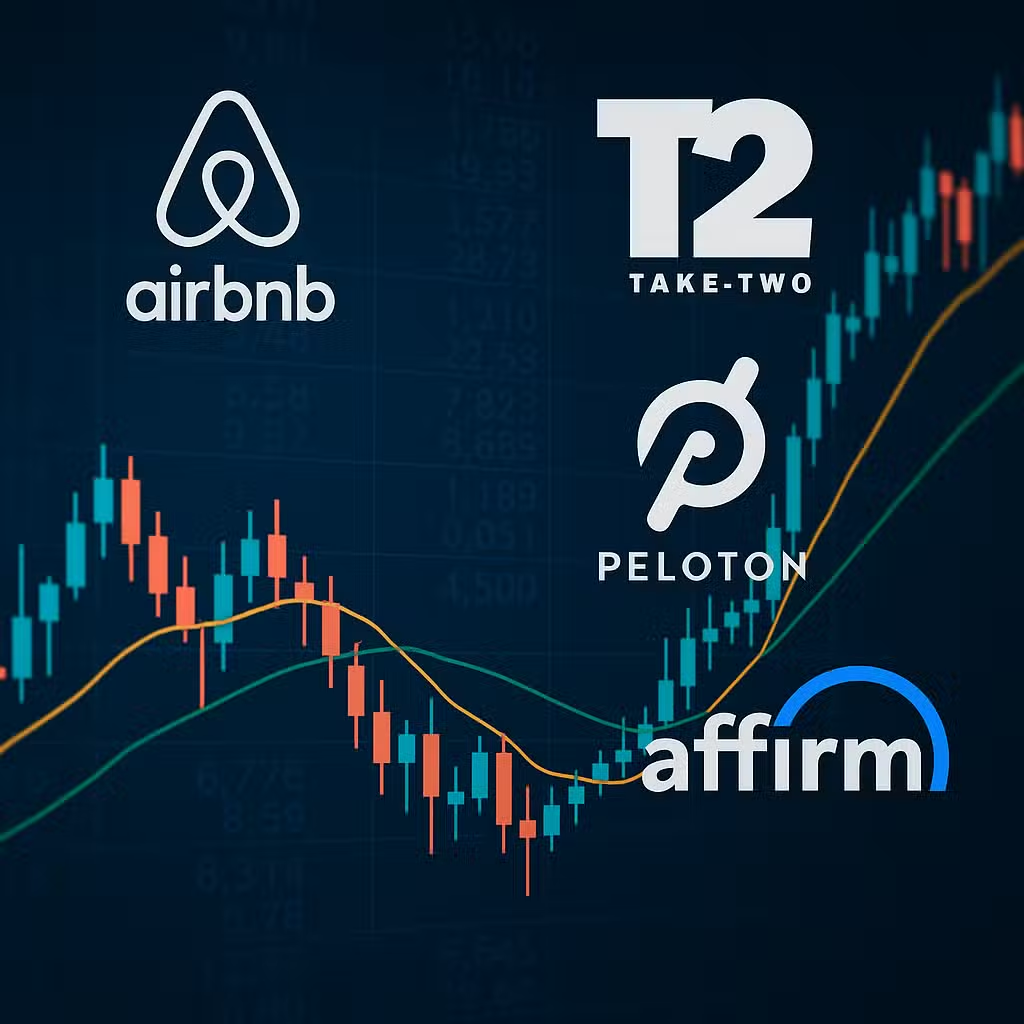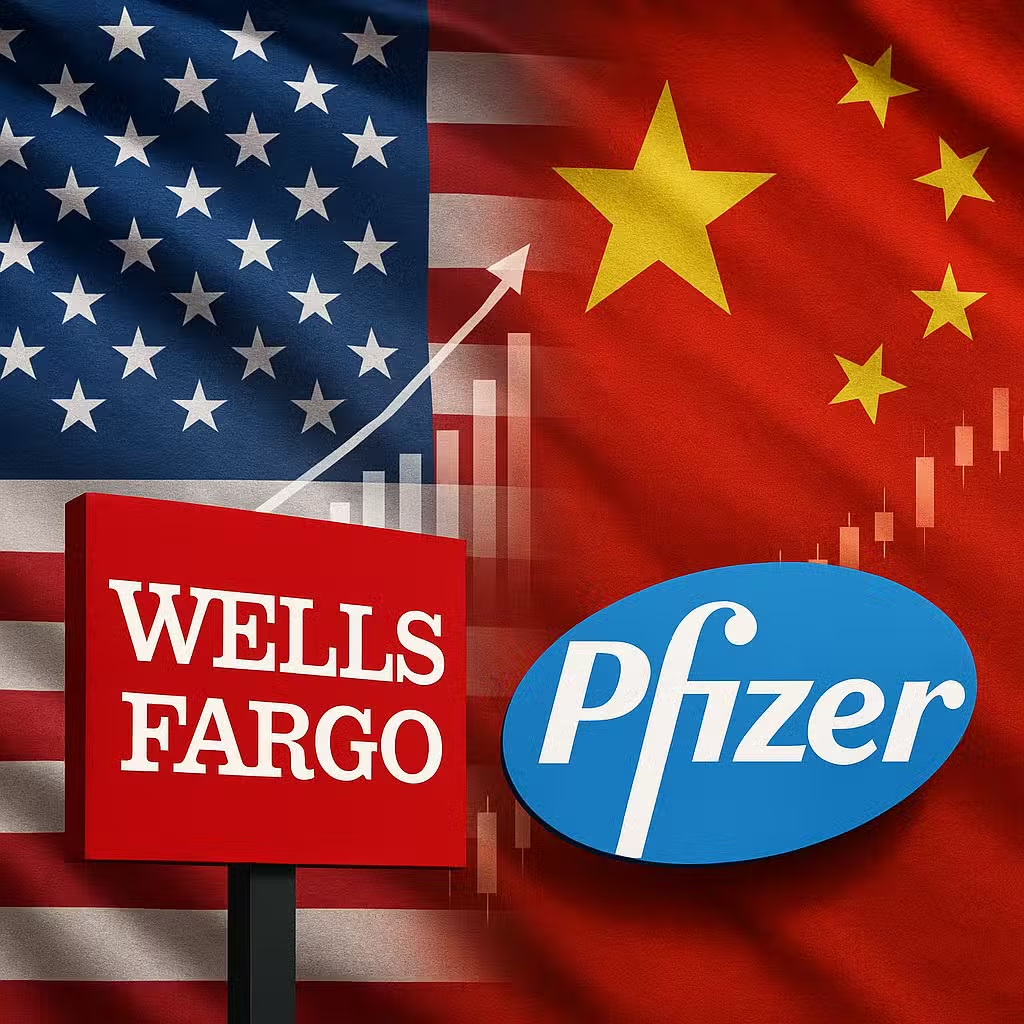Experts Suggest Reviewing S&P 500 Strategies as Market Conditions Shift for Investors
Think of your investment portfolio like a fruit basket. If you only fill it with apples, you miss out on the flavor and nutrition from oranges, bananas, and grapes. This story is about why sticking only with the S&P 500—often called the “apple” of investing—might not be enough for a healthy financial future.
Why Investors Care About the S&P 500
The S&P 500 is a group of 500 large U.S. companies, and many people invest in it because it’s simple and has done well over time. In fact, the index has jumped almost 90% since the bull market began three years ago, thanks in part to new technology like artificial intelligence (Morgan Stanley).
But just because something has worked in the past doesn’t mean it will always work the same way. Some experts now say it’s time to look beyond just the S&P 500.
Bulls: The Case for Sticking with the S&P 500
- Long-term growth: Over many years, the S&P 500 has delivered strong returns for patient investors.
- Easy to use: Investing in the S&P 500 is simple and doesn’t take much time or effort.
- Trusted by legends: Warren Buffett, one of the world’s best investors, has recommended S&P 500 index funds for most people.
- Wall Street optimism: Most experts think the S&P 500 will keep rising for now.
Bears: Why the S&P 500 Alone Might Not Be Enough
- Not as diverse as it seems: The S&P 500 is heavily weighted toward big tech companies. If those companies struggle, the whole index can drop.
- Rough patches do happen: From 2000 to 2008, the S&P 500 lost more than 30%. Sometimes, other types of investments do better.
- Illusion of safety: Even though it covers 500 companies, it doesn’t include smaller or international firms that might grow faster.
- Recent concentration risk: Today, the top 10 companies make up over 30% of the S&P 500—higher than almost any point in history (CNBC).
Smarter Ways to Diversify
If you want to spread your risk, there are a few different ways to go:
- Total market index funds: These funds include not just big companies, but also small and medium ones.
- Extended market funds: These cover stocks outside the S&P 500, giving you more variety.
- Equal-weighted funds: Instead of favoring the biggest companies, these funds give each company the same importance. But they may cost more to manage.
- International and bond funds: In some tough years for the S&P 500, international stocks and bonds have done better.
For example, during 2002 to 2009, small-cap, value, and international stocks outperformed the S&P 500. Adding these to your basket can make your investments more balanced (Morningstar).
What Should Investors Do?
Experts say it’s important to understand what you own. If you have several funds, check if they all invest in the same types of companies. Too much overlap means you’re not as diversified as you think.
If you don’t want to keep making changes, a total market index fund might be easier. This is especially true for retirement accounts like 401(k)s, where switching funds doesn’t lead to tax bills.
Investor Takeaway
- Look inside your funds: Don’t assume your portfolio is diverse—check for overlap, especially in tech.
- Consider total market funds: These can help you own a bigger mix of companies, including small and midsize ones.
- Add other types of investments: Think about international stocks, bonds, or equal-weighted funds to reduce risk.
- Stay flexible: What worked yesterday might not work tomorrow. Be open to adjusting your mix as markets change.
- Keep it simple if you want: If you prefer a “set it and forget it” approach, a total market index fund is a strong option for most long-term investors.
For the full original report, see CNBC







